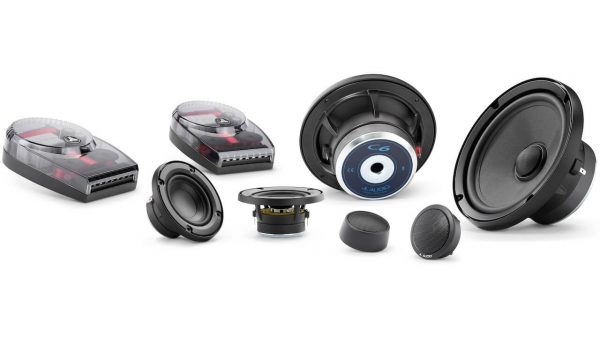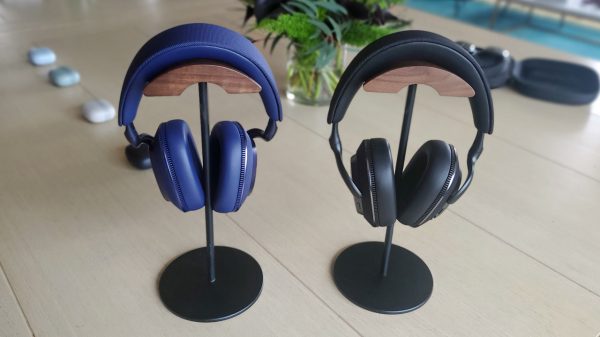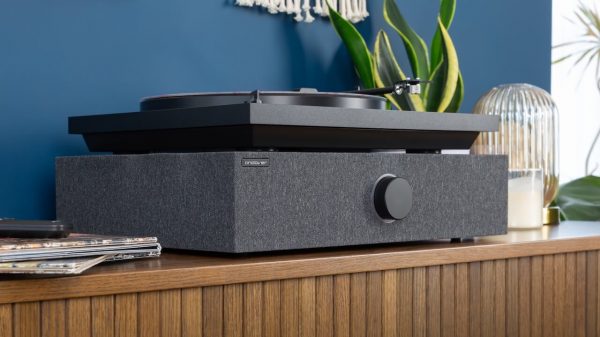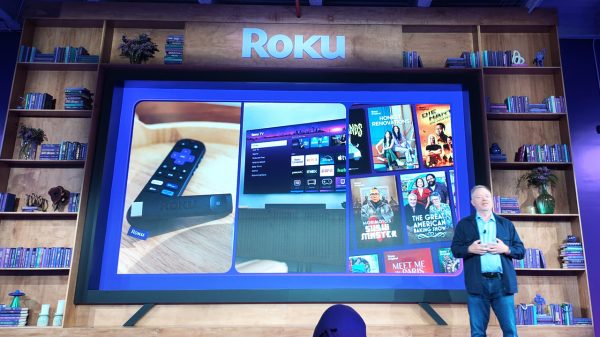The Advertising Market for TV and Newspapers is Decreasing, While Internet Advertising is Predicted to Increase from 22% to 37% In 2006
Research and Markets has announced the addition of Broadband TV Platform Strategies & Roadmaps Survey of Media, Internet, MSO, Telecom, CE Players to their offering.
Every major U.S. media company is rapidly adjusting to changes that are altering entrenched TV viewing habits. The battle over the future of TV watching is being fuelled by three primary factors:
- sluggish advertising trends that are changing TV economics;
- changing demographics; and
- impact of technologies that shift control of the TV schedule away from media companies and to the consumer.
TV ad revenues are in decline, impacting overall broadcast income. The slide could become permanent. CBS Television Network forecasts ad spending on the four big TV networks (CBS, NBC, ABC, Fox) will grow by 1.5% in 2005. Likewise, newspaper advertising is way off also; although it increased by 3.5% in 2005, growth is forecast downward to 2.4% in 2006. By contrast, Internet advertising increased at double-digit rates in 2005 – by various estimates from 15% to 30% – and it is projected to increase between 22% to 37% in 2006.
Clearly, the growth patterns favour Internet advertising. The declines in once-reliable TV and newspaper ad revenues are partly the result of the erosion of the young adult demographic between the ages of 18-49 that advertisers pay a premium to reach. TV viewership among this group is down by one-third since 1993 as more consumers in this key demographic turn to options other than the living-room TV for getting news and entertainment. These alternative sources of news and entertainment include Internet blogs and podcasts that allow a more personalized, selectable experience, as well as video games and DVDs that grab mind-share.
Change in Revenue Source – Market, Technology and Business Opportunities
TV is a 75-year old “killer application.” It is one of the most accepted applications in the world. Yet the long-accepted concepts of how TV networks work are starting to change. “Time shifted” TV viewing and portability trends are starting the unbundling of TV programming. As always, change usually brings two things in equal measure: uncertainty and opportunity. The opportunity comes from various new economic models for TV, one or more of which will be applied. Uncertainty means that it is difficult to identify which of the new business models will be winners and which will fail.
Media Industry
Media companies include TV news and entertainment broadcasters and news publishers. The dominant way to make money today on their TV or news programming is to sell advertising against shows (preferring high-rated shows over low-rated ones) or/and to sell reruns and DVDs. Newspapers, too, sell ads against their core editorial product. In the digital marketplace, selling ads isn’t the only way to make money. The introduction of new technology platforms and video-on-demand distribution will make it easier for the media to sell directly to consumers without always having to go through cable and satellite TV operators.
Service Provider Industry
Media companies are largely dependent on cable and satellite TV operators, cellular network operators and other digital gatekeepers, like ISPs, all of whom distribute their programming. Cable operators and telephone companies in particular will battle for “quadruple play” bundles of TV entertainment, voice, broadband and/or mobile services, all on one bill. MSOs are at a disadvantage in terms of capabilities for mobile TV services, but are quickly moving ahead with a wireless strategy. RBOCs are moving along in their TV initiatives. It may ultimately be less expensive, and faster, for cable operators to develop the capability to offer wireless phone services than it is for phone companies to sell TV. Nonetheless, no one underestimates the RBOC threat to cable TV.
Net Industry
Internet companies want also to be providers of Internet TV services. Video content plays a large role in web portals, which have paved the way for online video ads by standardizing the video players on their sites. Strong Internet companies, notably Yahoo, Google and AOL, are now making video search and search aggregation and programming a priority, because they believe it is an area they can effectively compete and make money in. End-User Terminal Products Maker Industry The PC, consumer electronics (CE) and TV industries are, at last, collaborating and converging. Through 2006/07, PC industry players will be launching new products designed to become service platforms for ensuring that there’ll be much more Internet access into television sets and TV access in PC and CE devices.
** Available in English and/or Japanese **























